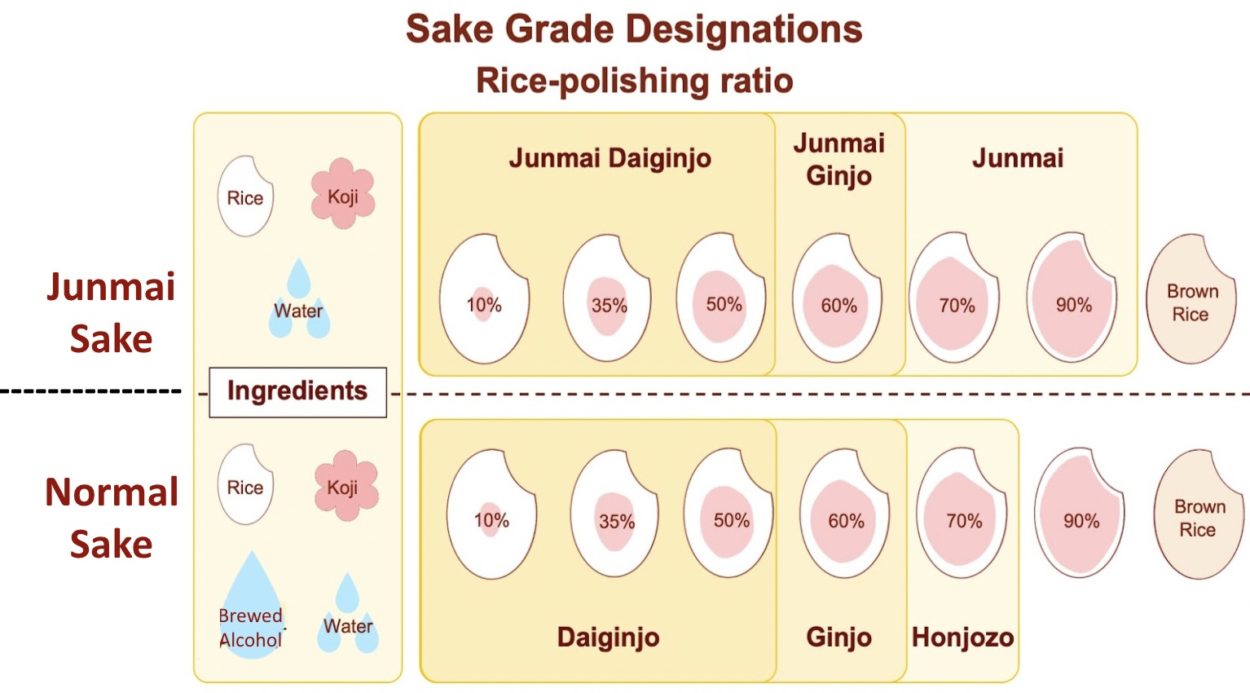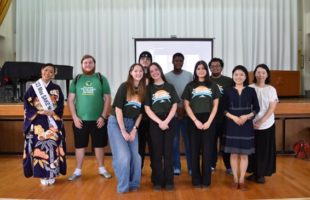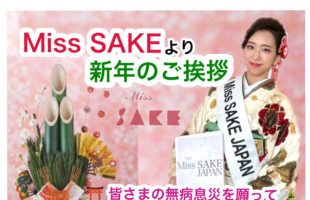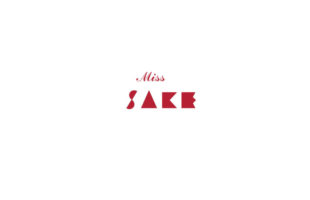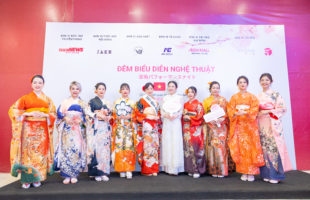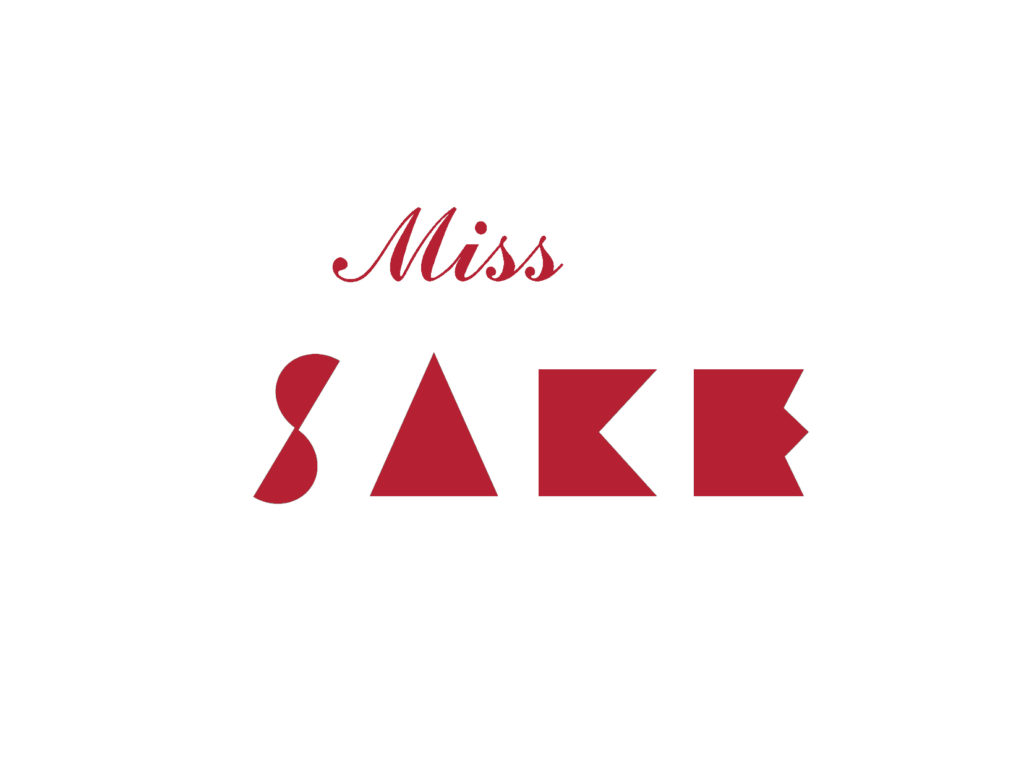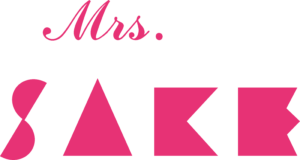Hello, everyone.
I am Miyu Matsuzaki, 2021 Miss SAKE.
I have been working on a blog series: A Guide to Japanese Sake: Miss SAKE. You can see other learning materials on sake from the link that follows: https://www.misssake.org/a-guide-to-japanese-sake-miss-sake/
Premium Sake 2
Having trouble choosing the best sake of your choice?
In the last article, I have been explaining the styles of sake from premium to non-premium sake. By understanding the styles, you can choose a kind of sake that suits your taste!
There are two main categories of Sake.
-
- Junmai style sake
- Ginjo and daiginjo style sake
As I wrote about the former category in the last article, this second version will be dedicated to the latter category, focusing specifically on rice and its polish ratio: Seimaibuai in Japanese.
WHY POLISH THE RICE?: 【Rice Polishing Ratio】Ginjo and Daiginjo
Sake-specific rice, Saka-mai in Japanese, is used for sake brewing. Unlike table rice, sake-specific rice is larger than table rice, and each grain has a well-defined milky white Shimpaku: the starchy center core of the rice grain.
When preparing rice, brewers polish grains which largely affects the final characteristic of the sake. The outside shell of the rice grain contains a lot of lipids, minerals, and proteins which will give sake a lot of flavors. A recent trend is that sake is often preferred pure with sophisticated aromas avoiding off-flavors. Therefore, sake breweries started to remove minerals and other nutrients by polishing rice. When polishing rice, sake-specific rice is preferable because it is resistant, and has large shimpaku with a lot of starch and fewer minerals.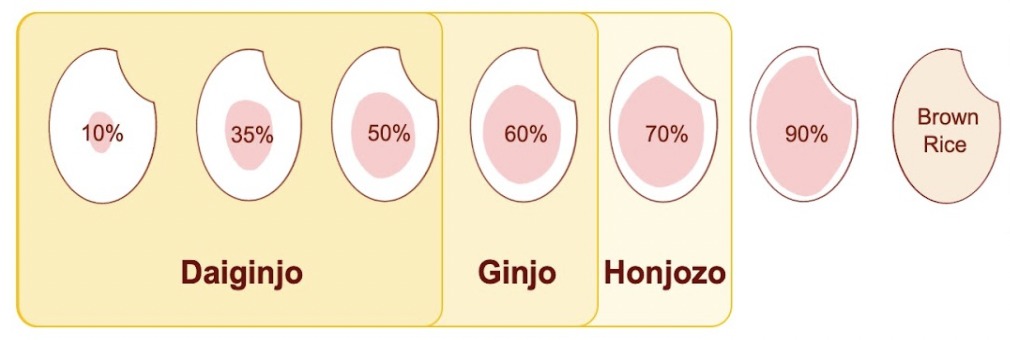
Sake made from rice with a high polish ratio develops a sophisticated taste and can be categorized as a Special Style SAKE such as Ginjo and Daiginjo. Ginjo sake must be made from rice with a 60% or less rice-polishing ratio and with some other criteria such as the use of Ginjo yeast, which gives off an elegant aroma. Daiginjo, on the other hand, must be made from rice that has a 50% or less rice-polishing ratio and with some other criteria including the grade of rice used.
The so-called Ginjo style sake started in the 1990s and it helped to broaden the consumer base to a wide range of consumers from laypeople to connoisseurs. This sake is often elegant with a fruity aroma avoiding off-flavors; therefore, it is often served in wine glasses.
Ask for ginjo-style sake to encounter a sophisticated and elegant one at restaurants!
2021 Miss SAKE
Miyu Matsuzaki

皆さま、こんにちは。 2021 Miss SAKEの松崎未侑です。 2022年2月28日(月)から3月6日(日)まで開催された、在ベンガルール総領事館主催「Japan Food Sake Festival 2022(和食・日本酒セミナー2022)」日本酒特設ページにてMiss SAKEの活動...
皆さま、こんにちは。 2021 Miss SAKEの松崎未侑です。 2022年2月28日(月)から3月6日(日)まで開催された、在ベンガルール総領事館主催「Japan Food Sake Festival 2022(和食・日本酒セミナー2022)」日本酒特設ページにてMiss SAKEの活動...

みなさま、こんにちは。 2021 Miss SAKEの松崎未侑です。 先日、「Gaba マンツーマン英会話」様の体験レッスンに参加させていただきました。 Gaba マンツーマン英会話 先生と生徒が一対一の授業のため、カスタマイズされたカリキュラムで英会話を学べるのが人気のGaba様。 ...
みなさま、こんにちは。 2021 Miss SAKEの松崎未侑です。 先日、「Gaba マンツーマン英会話」様の体験レッスンに参加させていただきました。 Gaba マンツーマン英会話 先生と生徒が一対一の授業のため、カスタマイズされたカリキュラムで英会話を学べるのが人気のGaba様。 ...
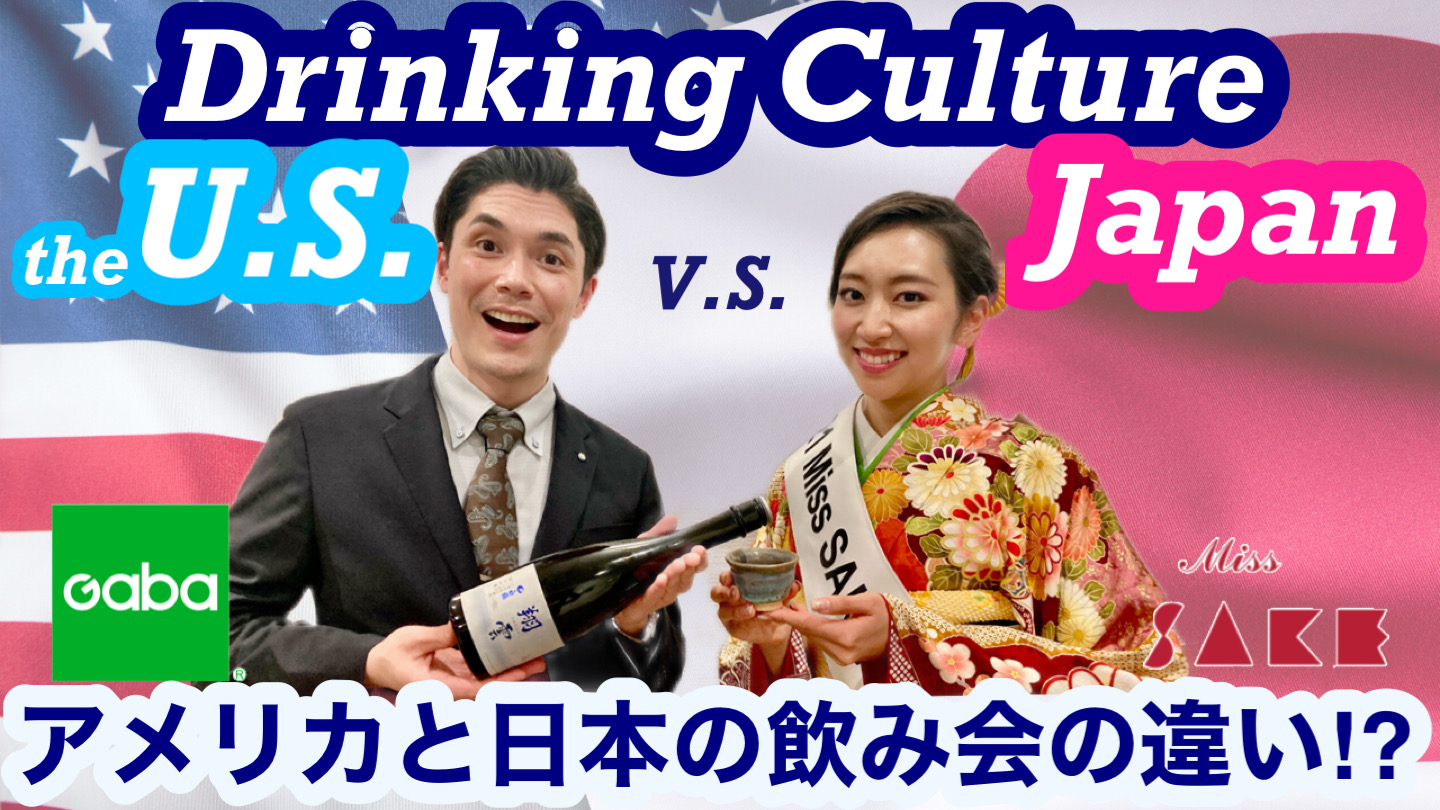
Drinking Culture Difference between the U.S. and Japan!? [English follows] みなさま、こんにちは! 2021 Miss SAKEの松崎未侑です。 Miss SAKEは、日本文化、特に国酒である日本酒の魅力を世界に発...
Drinking Culture Difference between the U.S. and Japan!? [English follows] みなさま、こんにちは! 2021 Miss SAKEの松崎未侑です。 Miss SAKEは、日本文化、特に国酒である日本酒の魅力を世界に発...

皆様、こんにちは!2021 Miss SAKEの松崎未侑です。 先日、WSETの SAKE Level 3 <Advanced Course>第1回講義を受講させていただきました。 WSETとは? WSET(ダブリュー・エス・イー・ティー)はWine & Spirit Educatio...
皆様、こんにちは!2021 Miss SAKEの松崎未侑です。 先日、WSETの SAKE Level 3 <Advanced Course>第1回講義を受講させていただきました。 WSETとは? WSET(ダブリュー・エス・イー・ティー)はWine & Spirit Educatio...
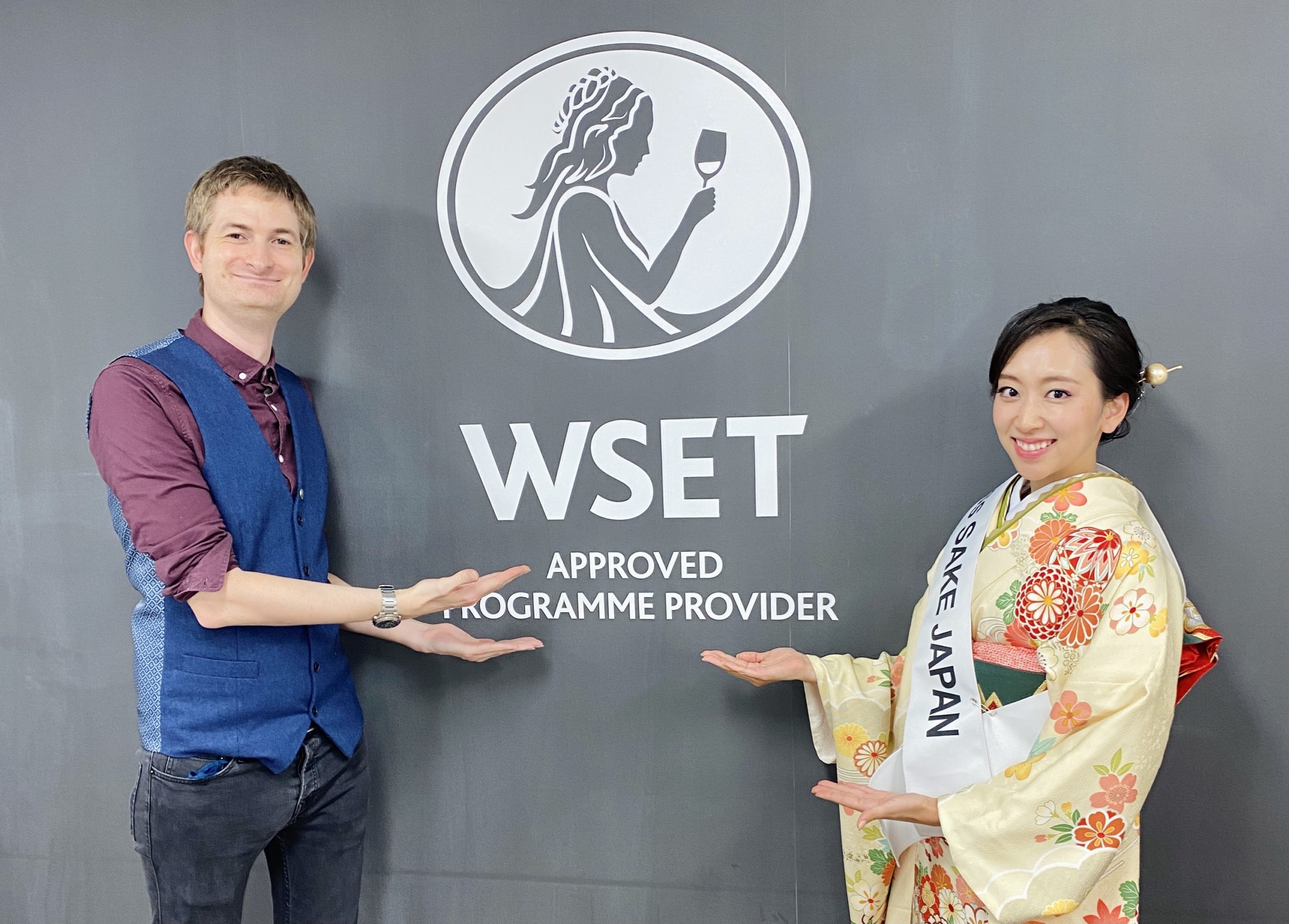
皆さま、こんにちは。 2021 Miss SAKEの松崎未侑です。 先日、WSET SAKE Level 3 <Advanced Course>第二回講義を受講いたしました。 WSET SAKE Level 3 <Advanced Course>の詳細については、第一回目のブログ記事を...
皆さま、こんにちは。 2021 Miss SAKEの松崎未侑です。 先日、WSET SAKE Level 3 <Advanced Course>第二回講義を受講いたしました。 WSET SAKE Level 3 <Advanced Course>の詳細については、第一回目のブログ記事を...
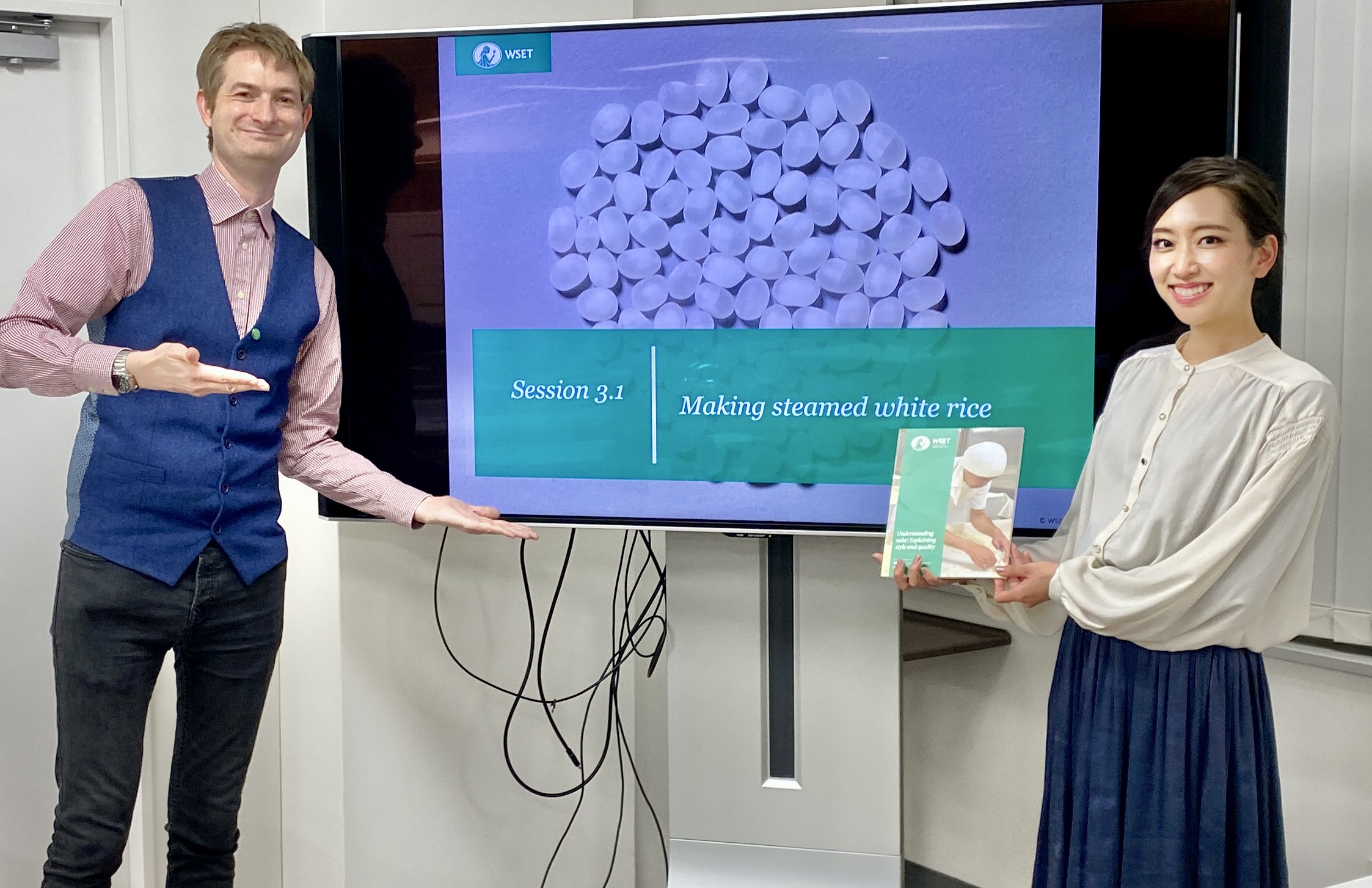
皆さま、こんにちは。 2021 Miss SAKEの松崎未侑です。 先日、WSET SAKE Level 3 <Advanced Course>第3回、第4回講義を受講いたしました。 今回は「自分が日本酒の作り手になったとしたら」をテーマにブログ記事にまとめていきます。 WSET S...
皆さま、こんにちは。 2021 Miss SAKEの松崎未侑です。 先日、WSET SAKE Level 3 <Advanced Course>第3回、第4回講義を受講いたしました。 今回は「自分が日本酒の作り手になったとしたら」をテーマにブログ記事にまとめていきます。 WSET S...

皆さま、こんにちは。 2021 Miss SAKEの松崎未侑です。 先日、WSET SAKE Level 3 <Advanced Course>第5回講義を受講いたしました。 WSET SAKE Level 3 <Advanced Course>の概要については、第1回目のブログ記事をご覧...
皆さま、こんにちは。 2021 Miss SAKEの松崎未侑です。 先日、WSET SAKE Level 3 <Advanced Course>第5回講義を受講いたしました。 WSET SAKE Level 3 <Advanced Course>の概要については、第1回目のブログ記事をご覧...
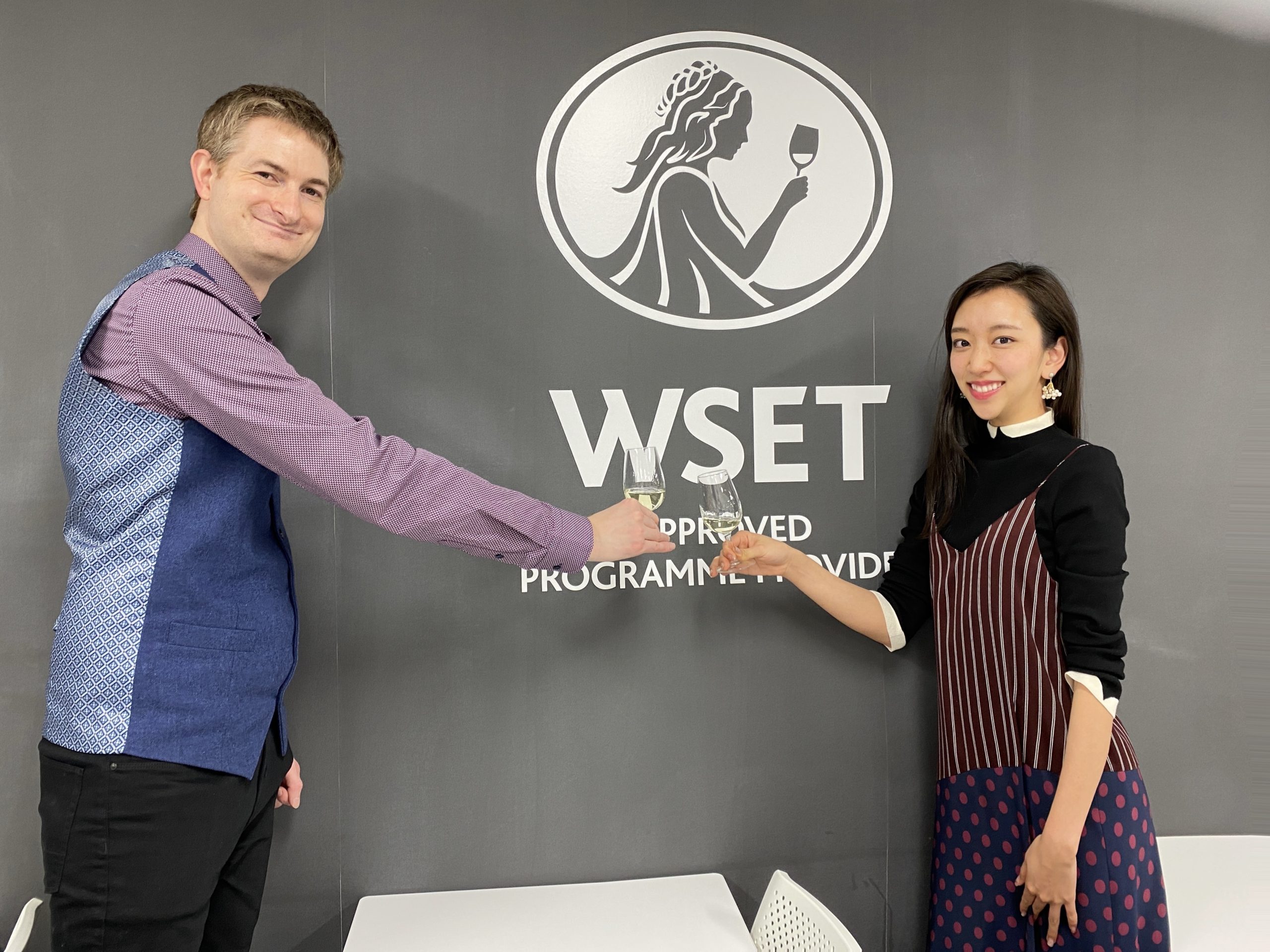
皆さま、こんにちは。 2021 Miss SAKEの松崎未侑です。 先日、WSET SAKE Level 3 <Advanced Course>第6回講義を受講いたしました。 WSET SAKE Level 3 <Advanced Course>の概要については、第1回目のブログ記事をご覧...
皆さま、こんにちは。 2021 Miss SAKEの松崎未侑です。 先日、WSET SAKE Level 3 <Advanced Course>第6回講義を受講いたしました。 WSET SAKE Level 3 <Advanced Course>の概要については、第1回目のブログ記事をご覧...

